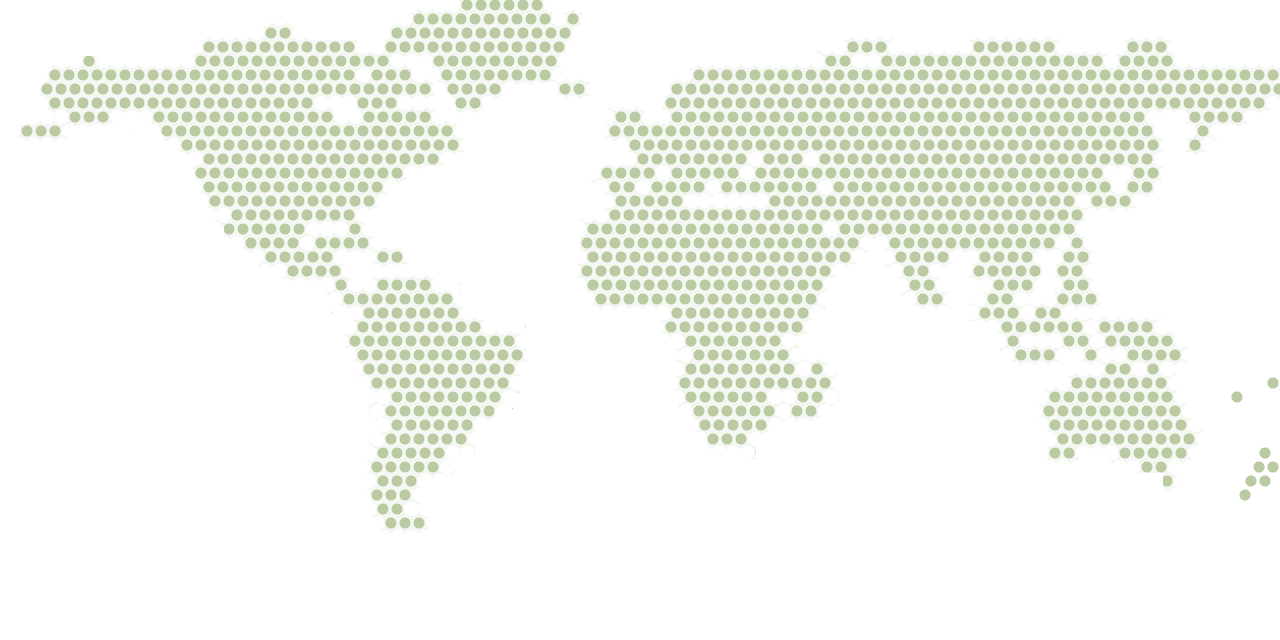Activity List
Activity List
CHALLENGEThe potential for the forest sector to contribute to addressing global development challenges must be communicated to those in a position to tap that potential through policies, laws and investment decisions. However, the right information doesn’t always get to the right people in the right place at the right time to influence forest sector and development outcomes.RESPONSEPROFOR is finding new ways to engage with scientists, technical decision makers and policymakers around evidence and policy options for using forests to deliver on the national and international post-2015…
Read More
CHALLENGEIn 2007, forest land tenure was undergoing profound changes in Honduras with the government getting ready to move ahead with the regularization of public forest lands. Without regularization, the risk was that growing conflict between different interests would lead to further degadation of resources and increasing inequality. However, the regularization process itself could be laden with dangers, if criteria and institutional mechanisms to determine rights in ways that ensure equity, transparency and manage conflict were not properly put in place. APPROACHTo support the Government of…
Read More
CHALLENGESince January 2010, Gabon has banned the export of wood in the form of logs, and supported a progressive industrialization of the timber industry in order to increase its contribution to a diversified economy. Implementing effective policies towards economic diversification and sustainable development will depend on having a thorough understanding of the impacts of past policies, as well as possibilities going forward. APPROACHThe objective of this activity is to assist the Gabonese Government in undertaking two components:An assessment of the impact of the 2010 log exports ban on…
Read More
CHALLENGEIndonesia’s persistent fire and haze crises undermine the country’s economic gains and disproportionately affect the poor. Most fire-associated haze stems from the development of forested peat swamps in the lowland areas of Sumatra, Kalimantan and Papua, mostly for the conversion of land to plantations for oil palm or pulp and paper. Between June and October 2015, more than 100,000 human-induced fires burned 2.6 million hectares of land, with an estimated economic cost of IDR 221 trillion (USD 16.1 billion), equivalent to 1.9 percent of 2015 GDP and more than twice the reconstruction…
Read More
CHALLENGEMadagascar faces severe challenges from the illegal logging and exportation of precious woods like rosewood (Dalbergia spp) and ebony (Diospyros spp), damaging pristine ecosystems and depriving the state of the revenue that could support a sustainable forest management system. Although the 16th Conference of the Parties of the Convention on International Trade in Endangered Species (CITES) agreed on an action plan in 2013 to protect precious hardwoods, little has been done to improve the capacity needed to implement this plan.APPROACHThis report aims to inform the implementation of…
Read More
CHALLENGEThe U.N. General Assembly declared 2012 as the International Year of Sustainable Energy for All, and set important targets for energy access, energy efficiency, and renewable energy. Accelerating the deployment of renewable energy sources to meet energy access targets is highly dependent on effective management of the environmental and natural resource base, especially the forestry and associated landscape sector. However, incorporating environmental considerations into energy decisions has been slow and is often hampered by insufficient or unreliable data, and weak analytical…
Read More
CHALLENGEPartnerships and benefit sharing arrangements between local and outside partners have gained prominence in recent years for several reasons. More forest areas are being designated for use by local communities and indigenous peoples. Private investors are interested in establishing and maintaining positive working relationships with local communities in order to gain access to natural resources, local skills and labor. And there is a growing recognition that the eventual success of afforestation and reforestation activities and programs to reduce greenhouse gas emissions from…
Read More
CHALLENGEIn India, states share the rights and responsibilities with communities for managing forests through joint forest management arrangements. Although preliminary findings indicated that this process, together with associated project investments, was having a significant impact on poverty, there was no systematic and rigorous assessment of the poverty-forests nexus in 2003.APPROACHPROFOR worked to improve the capacity of state governments to measure forestry program impacts on poverty reduction in a systematic way by supporting the development of a monitoring methodology. This work was…
Read More
CHALLENGEBrazil’s Forest Code requires all private landowners to retain the original forest or woodland on 20% of their land to ensure the provision of ecosystem services. Over the years, however, due to poor enforcement of the law, most landowners have not kept adequate areas devoted to forest reserves ("Reserva Legal"). The New Forest Code (Law 12.651/2014) now allows the re-establishment of the forest reserve either on-farm or on other private and public lands that are currently degraded or under-utilized. In an effort to facilitate compliance, the new Forest Code also allows new…
Read More
CHALLENGE Illegal logging is acute in the Russian Federation, particularly in the Far East which houses many valuable hardwood species. The problem has a strong negative influence on economic development in the regions, which can be measured by two indicators: the existing size of budget losses and the local, unreported income from illegal logging and associated timber trade. These two indicators hamper economic development not just in particular regions but in the country as a whole.To further enhance forest governance and to target activities at the regional or district level, it is crucial…
Read More









